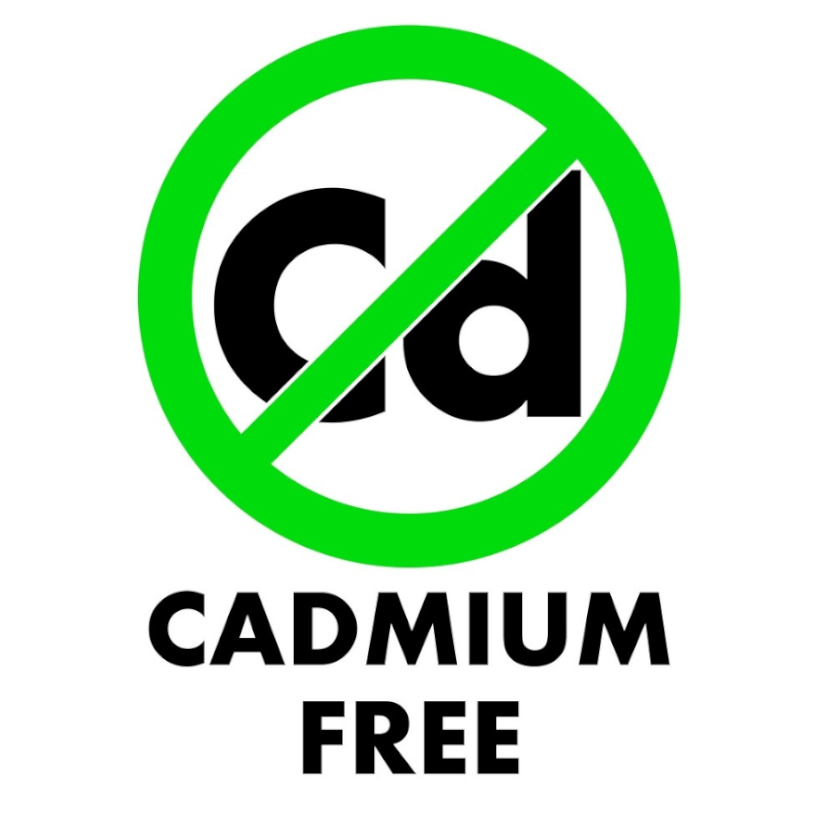


Corrosion is the spontaneous chemical reaction of a metal against its surroundings. Particularly, in sea water this chemical reaction proceeds by an electrochemical mechanism involving oxidation of the metal, which results in metal loss. That happens when we have a plate with pitting appearance, at the spots where the coating is not good enough to protect.
The part of the metal surface in the electrochemical mechanism (electron release) is called anodic. The other part of the metal surface where the electron consumption takes place is called cathodic.
Subscribe to our newsletter
This website uses cookies to improve user experience. By using our website you consent to all cookies in accordance with our Cookie Policy.